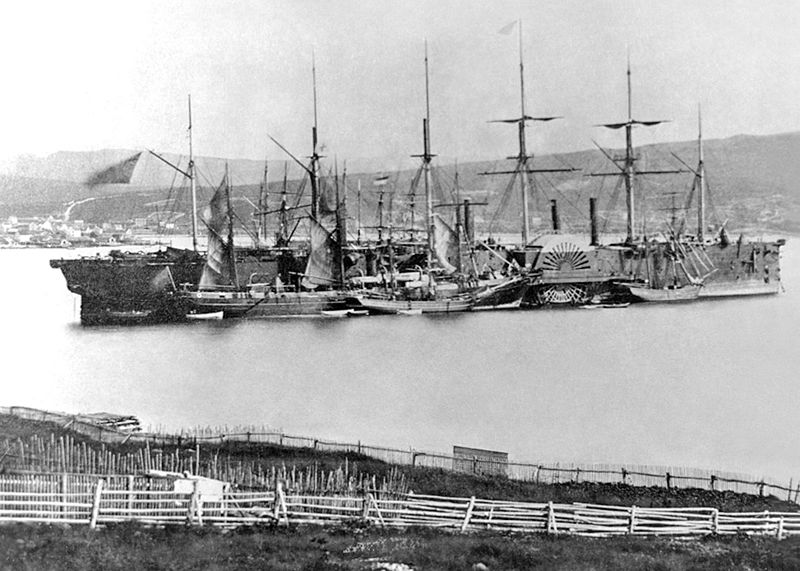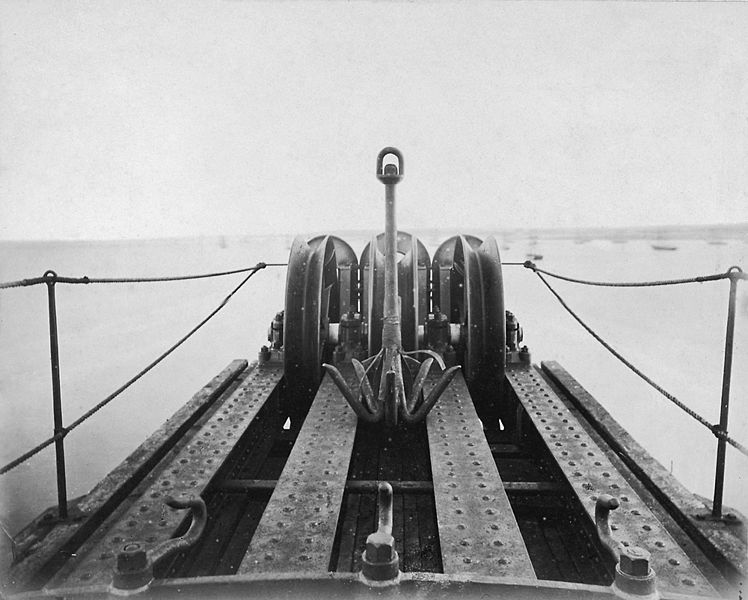A Victorian issue of The Engineer in a state of confusion is a sight to behold. When the immense self-confidence of the height of Empire at the heart of the Industrial Revolution were stymied by the dreaded spectre of Something Going A Bit Wrong, our predecessors tended to cast around for a rational explanation, and if they couldn’t find one, their distress is still almost palpable.
Take, for example, the failure of the attempt to lay a transatlantic telegraph cable. The scene was set for a glorious moment in the march of technology. The first cable had been laid after a series of mishaps, with numerous cable breaks and repairs, and began operation in August 1858; but it was driven at too high a voltage from the American end, which compromised its insulation. In September, the cable failed. Such was the disappointment that it took six years for the project to be revived, and a new cable made.
The cable was a mighty undertaking. Its core was seven strands of very pure copper, twisted together and covered with a sticky waterproof mixture of gutta-percha (a rigid form of natural latex), tar and rosin (pine resin). This was then coated with four layers of gutta-percha, alternating with thin layers of the waterproof mixture. This core was wrapped in hemp that had been soaked in a preservative solution, and this was then wrapped in 18 strands of high-tensile steel wire, each of which was wrapped in manila which had also been steeped in preservative. Each of the 4300 kilometres of cable weighed 980kg, and The Engineer described the insulation as ‘more nearly perfect than any other cable ever manufactured.’
“The cable was bewitched; there was no knowing where a fresh fault would appear
The cable set sail upon the biggest ship in the world, none other than Isambard Kingdom Brunel’s mighty Great Eastern, which had been especially refitted for the purpose. But things started going wrong almost immediately. ‘As soon as the paying-out commenced we heard the same wretched story from the first day of the voyage nearly to the last; there was a continual and most disheartening succession of losses of insulation,’ The Engineer said. ‘The cable was bewitched,’ it lamented. ‘There was no knowing where a fresh fault would appear.’

Over and over again the ship had to stop, rewind the damaged cable from the bed of the sea, cut out the useless part, rejoin the ends and start again. This had been deemed so unlikely that the Great Eastern didn’t even carry equipment to do it. ‘In fact so confident were the directors that a picking-up apparatus would be useless and unnecessary, that we deem it matter for some surprise that even a substitute for perfect machinery of the kind existedat all,’ the journal lamented. The work was done by a ‘wretched donkey-engine’ which eventually, and unsurprisingly, failed. On 31 July, 16 days after setting out, the cable finally snapped at the rear of the ship, and the end sank two and a half miles to the bottom of the sea.
What had gone wrong? ‘The thing was due in every instance to the intrusion of little bits of wire an inch or two long — the cuttings in one theory left in making splices – which were fortuitously driven into the gutta-percha, destroying the insulation,’ the report said. On board the ship, sabotage was suspected, because it seemed so unlikely that these ‘demoniacal fragments’ could have got there any other way. ‘The chances that the wires should adhere to the cable at all were 1 to 10,000; the chances that they should be subsequently bent at right angles by the paying-out wheels as 1 to 10,000,000.’ And as for them being actually driven into the gutta-percha, ‘it is simply a new thing under the sun.’ It was difficult enough even to drive a penknife blade between the manila strands, let alone a small, comparatively blunt piece of wire. ‘We believe we are correct in stating that these ” accidents”, as accidents, are absolutely without a parallel in the history of submarine telegraphy — a fact not worth much, perhaps, but still worth something.’
The reporters simply cannot fathom how the strands could have snapped, and in the end almost audibly throw their hands up in despair. ‘The directors of the company have taken such pains to keep their proceedings secret that they cannot be surprised if the world rests satisfied that a secret exists,’ they say darkly. The report concludes with a wish that the problems be sorted out as soon as possible and a new attempt begun.
As it happened, it took a year. The Great Eastern set out again on 13 July 1866, and finished its voyage on 27 July. The following morning the first messages were sent along the cable.

But the story doesn’t end there. A few weeks later the Great Eastern set out again to find the lost cable end. It took several weeks to find it and grapple it on board, but eventually it was caught, spliced to a fresh cable end, and the line finally completed, leaving two working cables.










Water Sector Talent Exodus Could Cripple The Sector
Maybe if things are essential for the running of a country and we want to pay a fair price we should be running these utilities on a not for profit...